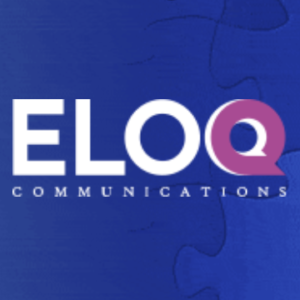
In an age where 61% of the global population is connected to the internet and 87% of consumers prefer to research products online, it’s evident that the world is rapidly evolving into a digital domain. The role of Consumer Intelligence has become increasingly crucial as brands and agencies strive to understand and cater to the ever-changing needs and preferences of consumers. This post is my take based on Talkwalker’s “The future of consumer intelligence” white paper.
The Role of Consumer Intelligence
Consumer Intelligence is a dynamic practice that harnesses the power of text analysis, data segmentation, Artificial Intelligence (AI), and various data sources to decipher the behaviors, sentiments, and preferences of consumers. It has moved beyond the realm of traditional market research to shape and drive marketing, product development, and communication strategies for businesses and agencies.
This practice enables organizations to integrate unsolicited and solicited feedback into a single platform, effectively breaking down data silos and reducing redundancy across departments. But what makes Consumer Intelligence truly potent is its ability to enrich social data by merging it with other sources, both internal and external, allowing for a more holistic understanding of opportunities and more confident business decisions.
Defining Consumer Intelligence: From Reactive to Proactive
Consumer Intelligence has come a long way from its origins as a primarily reactive tool for understanding reactions to campaigns and products. It has evolved significantly with the integration of AI, enabling organizations to tap into diverse data sources, such as customer care interactions, SEO analytics, reviews, and surveys, to extract deeper insights.
Let’s explore this evolution with an example:
Imagine you’re a marketing manager for a global tech company looking to launch a new smartphone in Vietnam. In the past, you might have relied on traditional social listening to gauge reactions to previous product launches. While valuable, this approach was somewhat limited.
Today, thanks to AI-powered Consumer Intelligence, you can go far beyond mere social media mentions. You can analyze customer care interactions to understand pain points, gather SEO analytics to assess online visibility, read reviews to identify product strengths and weaknesses, and even survey potential customers to gauge their expectations.
This wealth of data allows you to proactively tailor your marketing strategies and product development, making it easier to target the specific needs and preferences of Vietnamese consumers.
By incorporating AI, Consumer Intelligence empowers businesses to leverage real-time insights for more informed decision-making. It enables departments to break down their data silos and collaborate effectively, utilizing AI and Natural Language Processing (NLP) technologies to work faster and reduce redundancies.
Looking to the Future
As we gaze into the crystal ball of Consumer Intelligence, we see a landscape where AI will play a more prominent role in providing descriptive analysis, prescriptions, and recommendations. This AI-driven future will democratize data within organizations, making it accessible to a broader range of teams and individuals.
While the potential is exciting, it’s essential to remember that AI is a tool guided by human involvement. The next 12 months and the coming 3 to 5 years will likely see AI seamlessly integrating descriptive analysis into reports, greatly enhancing the speed, frequency, and depth of insights. In the context of Vietnam, where businesses are rapidly adopting digital strategies, this shift towards more proactive AI-driven insights will be instrumental in achieving competitive advantages.
X-posted on Clāra’s Insight












